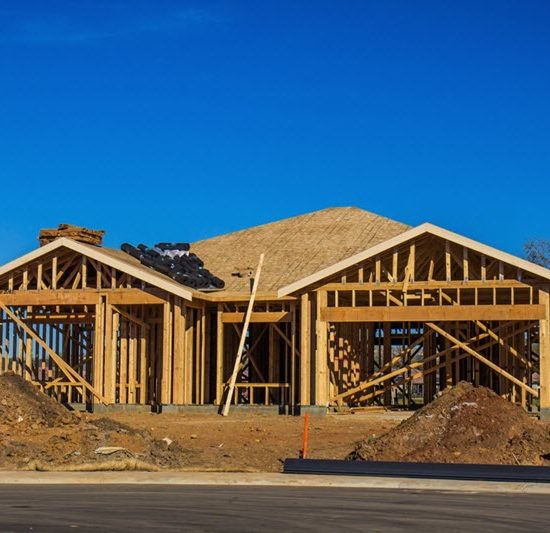 The domestic banking system in Saudi Arabia relative to many of the global peers, developed or developing, had maintained its inherent strengths that emanate from greater reliance on core banking activities, lower non-performing loans (NPLs) ratio, little recourse to wholesale funding and ample liquidity.
The domestic banking system in Saudi Arabia relative to many of the global peers, developed or developing, had maintained its inherent strengths that emanate from greater reliance on core banking activities, lower non-performing loans (NPLs) ratio, little recourse to wholesale funding and ample liquidity.
During the last two years, Saudi banks have returned to a higher growth trajectory after a lackluster performance in 2009 that saw total credit and in turn profitability shrink on an annual basis by 1.1 percent and 0.2 percent, respectively.
The inflection to double-digit net income growth that started in Q2, 2011 aided banks in crossing the SR35 billion threshold in 2012 for the first time since 2006, according to a report by the National Commercial Bank (NCB).
In comparison to other countries, the Saudi banking system had a comfortable loan to deposit ratio (L/D) of 77.3 percent by the end of Q1, 2013, a level that reflects excess capacity to lend and a lower systemic risk.
Meanwhile, the capital adequacy ratio (CAR), which rose to 17.4 percent, is another signal of an ample cushion to match the embedded risk in assets, especially after taking into consideration the lower capacity utilization compared to regional and international counterparts, with the UAE, Kuwait and Russia at 90.4 percent, 91.6 percent and 124.3 percent L/D ratios, respectively.
The improvement in asset quality since mid-2011 is another plus for the domestic banking system, illustrating the prudent management and supervisory practices that have been applied by banks and SAMA (Saudi Arabian Monetary Agency).
Indeed, the buoyant domestic business cycle had reduced credit and investment provisions, as NPLs fell drastically from a record SR25.8 billion in 2009 to SR19.9 billion by the end of 2012.
Given the robust economic growth Saudi Arabia is experiencing, banks have been able to expand their portfolios and improve their asset quality.
The government’s expansionary fiscal policy is providing adequate opportunities for businesses, thus, creating a favorable landscape for banks.
During 2012, total banking sector assets grew by an annual 14.0 percent, the first double digit growth in assets post the financial crisis, and the momentum was carried over with a growth of 11.7 percent by the end of March 2013. The oligopolistic market structure remains to be dominated by NCB, Al-Rajhi, Samba Financial Group, and Riyad Bank, holding a combined 58.2 percent of total assets by the end of Q1, 2013.
NCB maintains its dominant position with regards to total assets at 20.4 percent, followed by Al-Rajhi that captures around 17.1 percent of the banking sector’s assets.
The newest bank in the Saudi financial system, Alinma Bank, has been growing rapidly with its assets rising by 41.0 percent Y/Y, reaching SR56.2 billion by the end of Q1, 2013.-Arab News
Just in:
Sheikh Saif Bin Zayed Graces DIHAD Humanitarian College Graduation
//
World Leaders Set for Strategic Talks in Riyadh
//
Dubai Extends Helping Hand to Businesses Bruised by Exceptional Weather
//
BioMed Technology Among Pioneering Recipients of Investment from CUHK Innovation Limited for Microbiome-based Healthcare Solutions
//
ZUHYX Drives Cryptocurrency Knowledge Popularization and Builds a Journey of Intelligent Trading
//
Tech Titans Lead Wall Street to Stellar Week
//
Abu Dhabi Unveils Designated Grazing Period for 2024
//
Dubai to invest Dh128 bn in Phase II of Al Maktoum International Airport
//
Healthsprings Group Launches New Telemedicine App With Aesthetic Medicine Feature
//
Aitrasound® Medical Group Announces Completion of a Pre-A Financing Round of Nearly 60 Million Hong Kong Dollars
//
Successful Conclusion of “Study in Hong Kong” India Education Fair: Opening Doors to Global Education Opportunities
//
PublisHer and Visa Forge Partnership
//
Price of saffron per kilogram
//
UAE’s Deputy Prime Minister Oversees Graduation Ceremony at Dihad Humanitarian College
//
Andertoons by Mark Anderson for Sun, 28 Apr 2024
//
Saudi Aramco and Rongsheng Petrochemical Discuss Potential Jubail Refinery Partnership
//
Vinhomes, Vietnam largest property developer, unveils a series of new entertainment and shopping destinations
//
Modi says Cong taking support of banned PFI in Wayanad
//
Eight leaders with diverse backgrounds elected to ISCA Council
//
Films: Monkey Man
//




